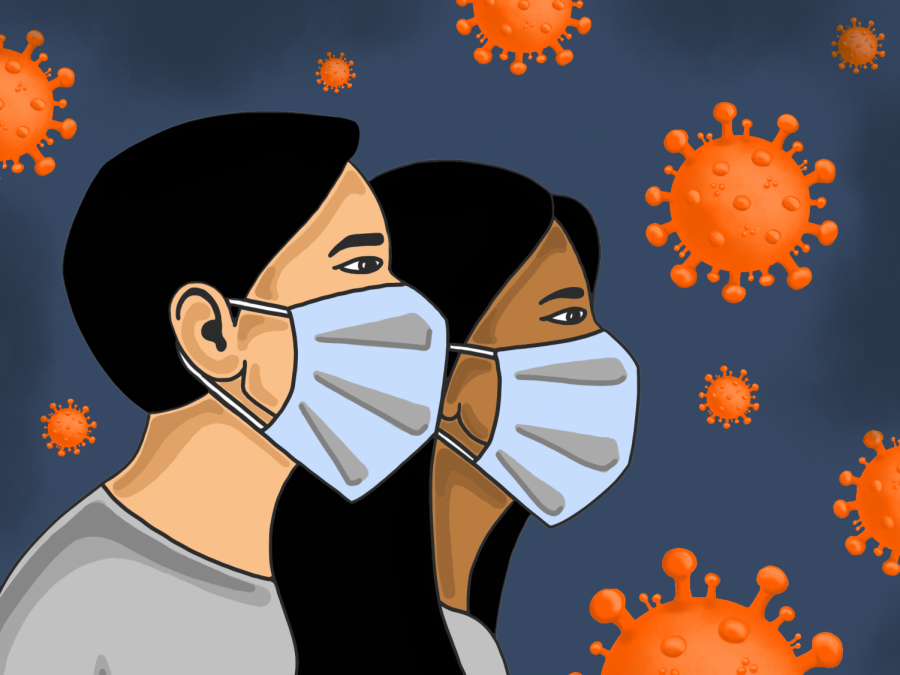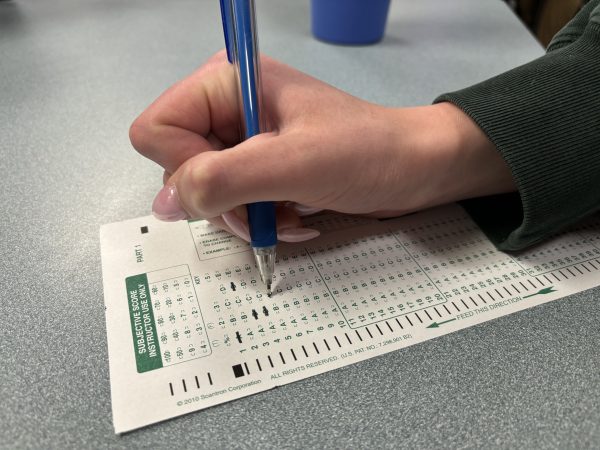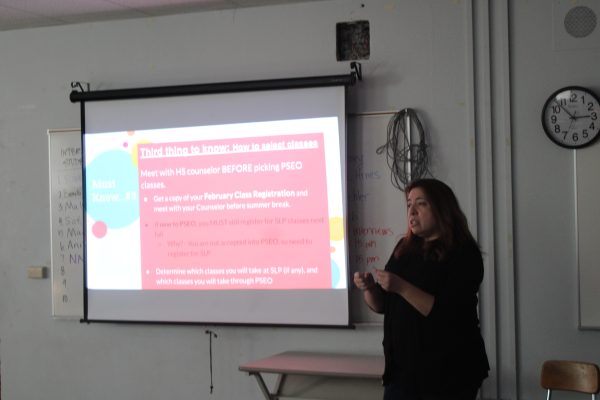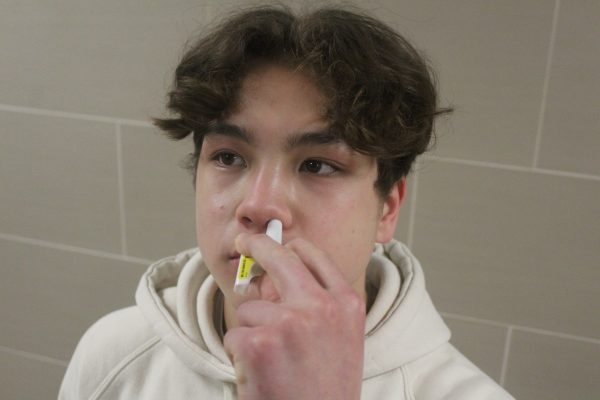Centers for Disease Control and Prevention recommends wearing cloth face coverings
Household items can be repurposed
Art by Emmy Pearson. According to a recommendation April 3, Centers for Disease Control and Prevention is advising the use of cloth face coverings and continuing to practice social distancing.
April 3, 2020
In an attempt to slow the spread of COVID-19, Centers for Disease Control and Prevention is advising the use of cloth face coverings and continuing to practice social distancing, according to a recommendation April 3.
“Cloth face coverings fashioned from household items or made at home from common materials at low cost can be used as an additional, voluntary public health measure,” said the Center for Disease Control and Prevention recommendation April 3. “The cloth face coverings recommended are not surgical masks or N-95 respirators.”
President Donald Trump stressed that the use of cloth face coverings is a recommendation, not a requirement in a press conference April 3.
“I just don’t want to wear one myself. It’s a recommendation, they recommend it. I’m feeling good, I just don’t want to be doing that. Sitting in the oval office behind that great resolute desk,” Trump said. “Maybe I will change my mind, but this will pass and hopefully it will pass very quickly.”
Originally, the Trump administration did not encourage the use of masks by the general public.
“Seriously people- STOP BUYING MASKS! They are NOT effective in preventing general public from catching #Coronavirus, but if healthcare providers can’t get them to care for sick patients, it puts them and our communities at risk!” U.S. Surgeon General Jerome M. Adams said in a tweet Feb. 29.
As of April 3, there are 239,279 confirmed cases of COVID-19 in the United States and 789 confirmed cases in Minnesota. According to The New York Times, one in four cases of COVID-19 do not develop symptoms.















